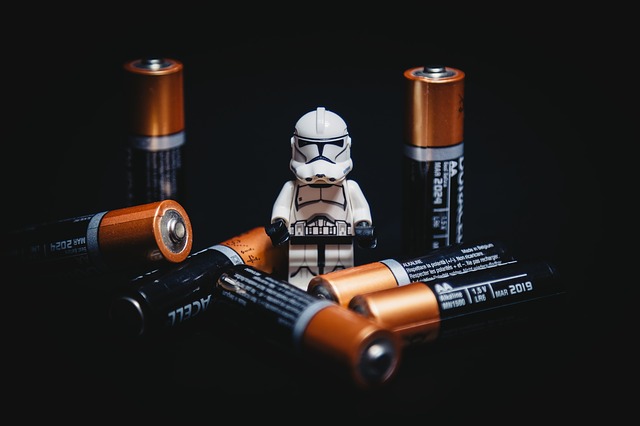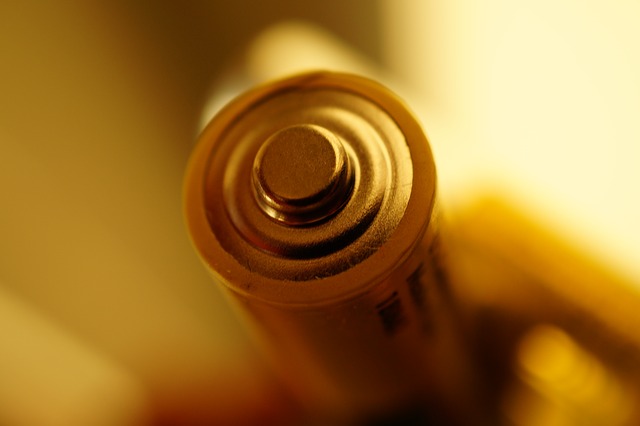Dead Lithium Battery Fix-methods and protection
Dec 17, 2019 Pageview:1341
Can you revive a dead lithium battery?
Yes, it is possible to revive a dead lithium battery. In this case, we are talking about dead rechargeable lithium battery types, such as the famous lithium-ion batteries. With the right tools and steps, you may not need to dispose of your battery pack but rather get the extra juice out of it before it finally gives in to a life long-lived.
How do you revive a dead lithium battery?
Read the voltage on the voltmeter and jump-start the cells
If you suspect your battery to be dead, all you have to do is turn off the power source to the electronic device containing it and take them out. After doing so, get yourself a voltmeter and take the voltage reading to be sure of your assumptions. One should note that there may be instances to which lithium-ion cells may fall into sleep mode, which may occur if you drain the battery too much. For example, if the cells were discharged inside its designated device during usage and later left to discharge further even after usage was complete, then this can prevent it from being charged again.
If your lithium-ion battery has been rated 3.7v while the voltmeter indicates under 1v, then you may need to revive it. This is possible by shocking it or jumpstarting using another power source. You will need to get yourself another fresh battery with the same voltage as the presumed dead one. A pair of crocodile clips should also be another item on your bucket list for this mission. Try connecting the clips to the batteries using a positive-negative connection with both cable on the terminals to have a properly functioning circuit. Leave the set-up in that state and monitor them for around 15 minutes as you watch out for any signs of damage or overheating.
After the recommended 15 minutes, you can now take another voltage reading to which you will notice that the dead lithium-ion battery has a much higher voltage and is capable of accepting a charge.
Alternative
As an alternative to the above process, you can use a USB cable, one of which you probably ceased to apply. Cut off the short end of the cable, which is usually plugged into the device and expose the wires by cutting out the insulation part using a razor if you please. Plugin the more significant role into your computer or USB port connected to a power source. Carefully bring the red wire into contact with the positive terminal of the battery and black wire to the negative terminal and hold them in place or stick them using small pieces of tape. Monitor the voltage on the cell for a while until you notice a significant improvement in the reading, which will indicate that you can move on to the next step of revival.
Charge and discharge the battery entirely
Plugin your lithium-ion battery into the recommended charger and give it a full charge till 100%. This may take a while as it entirely depends on the kind of lithium-ion cells you may be trying to bring back from the dead. Some batteries may take as long as up to 4 hours max for the charging process to end but you have to be patient. Once it’s fully charged, you are required to take it out of the charger and discharge it again adequately. It is advisable that you use a device that would put a heavy load on the battery in terms of power drainage.
Freeze the discharged battery
After the battery has been fully discharged, you are supposed to seal it in an airtight bag and place it in the freezer for about 24 hours, but you have to ensure that there is no moisture in it before doing so. This is to prevent the battery from getting wet and henceforth damaging it and thus disrupting the entire process. After the 24 hours are over, take the cell out of the freezer and be sure to thaw it first by leaving it for about8 hours for its temperature to be comparable to that of the room.
You can then fully charge the cells using its charger and an improvement in its performance should accompany this. It can now be said to have been revived and if you followed the process accurately, it might last longer between charge cycles.
How do you protect a lithium battery after fixing it?
There are many measures in which you can take to protect a lithium battery after fixing or bringing it back from the dead. These are simple measures that you can undertake by yourself to ensure that the cells are safe from any physical damage that may alter their resurrected performance. Such protective measures include:
Insulating the ends or edges of the battery
This may be done by using electric tape or a plastic insulator on the sharp edges of the cells to help them prevent physical damage in case they are dropped or get hit against something.
Storing them in plastic bags or containers
It would be best if you stored such fixed cells in plastic bags or boxes away from other lithium batteries. Apart from the fact that you should never store lithium batteries together, these reconditioned cells may still be a bit defective and reactive due to all the processes they have undergone.
Always store the batteries at room temperature or colder
Never let the batteries get too hot as these fixed cells tend to have an altered chemical composition as compared to the other normal and healthy ones. High temperatures may lead to overheating and thus damage the batteries through thermal runaways. Keep your cells at room temperature or frozen.
Charge them often
You don’t have to wait till they are discharged for you to charge them. It would help if you charged them frequently to help improve their lifespan.
Conclusion
Now that you know how to revive dead lithium batteries, you should always take caution when carrying out these processes and do it under supervision in case something goes wrong. Dead lithium batteries don’t mean the end of life for the cells; it may just signify a transition to new life before the actual death.
- Prev Article: Danger Lithium Battery Safety Concerns and Risks
- Next Article: Are lithium batteries considered hazmat?
Leave Message
Hottest Categories
-
Hottest Industry News
-
Latest Industry News












